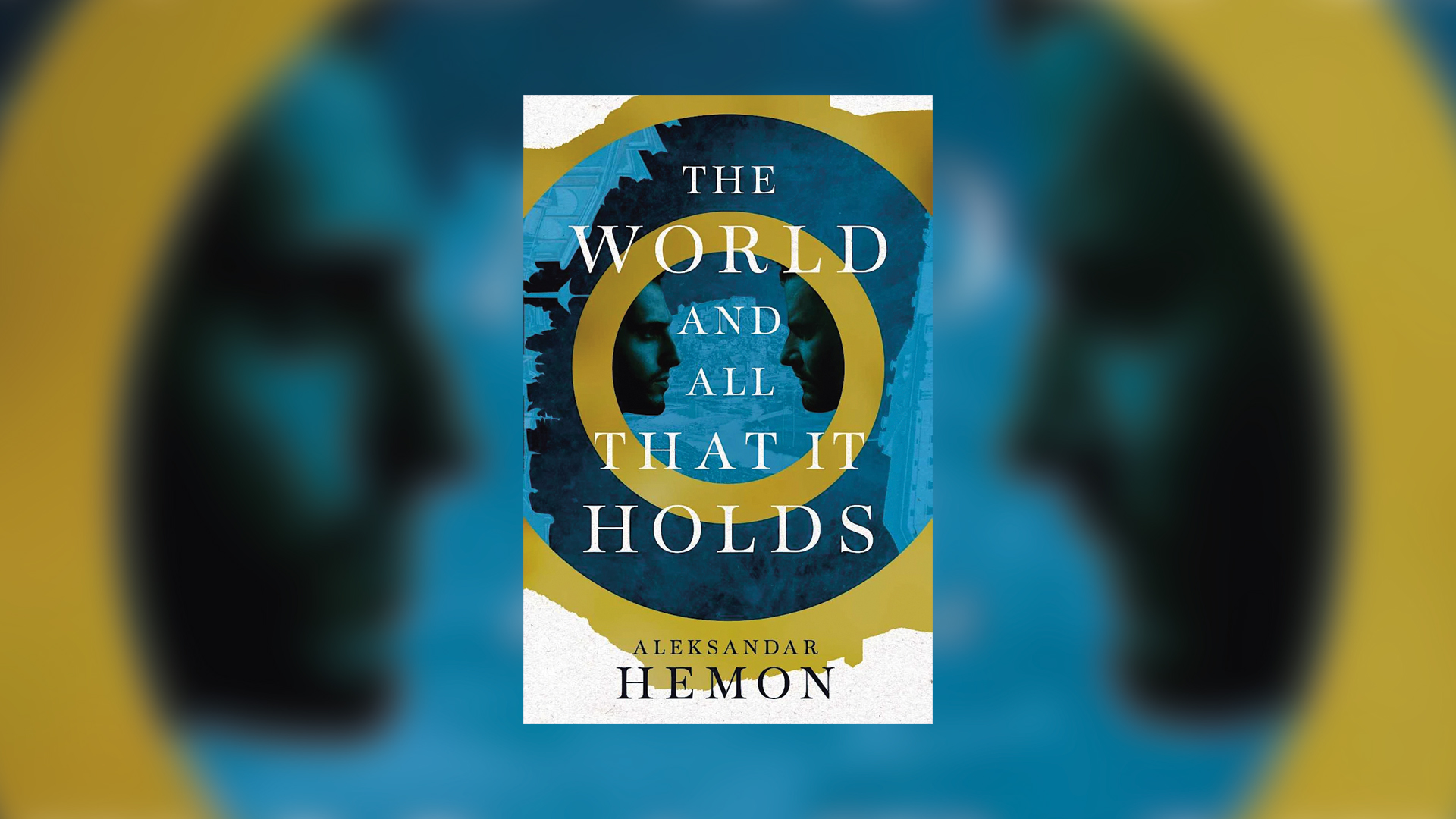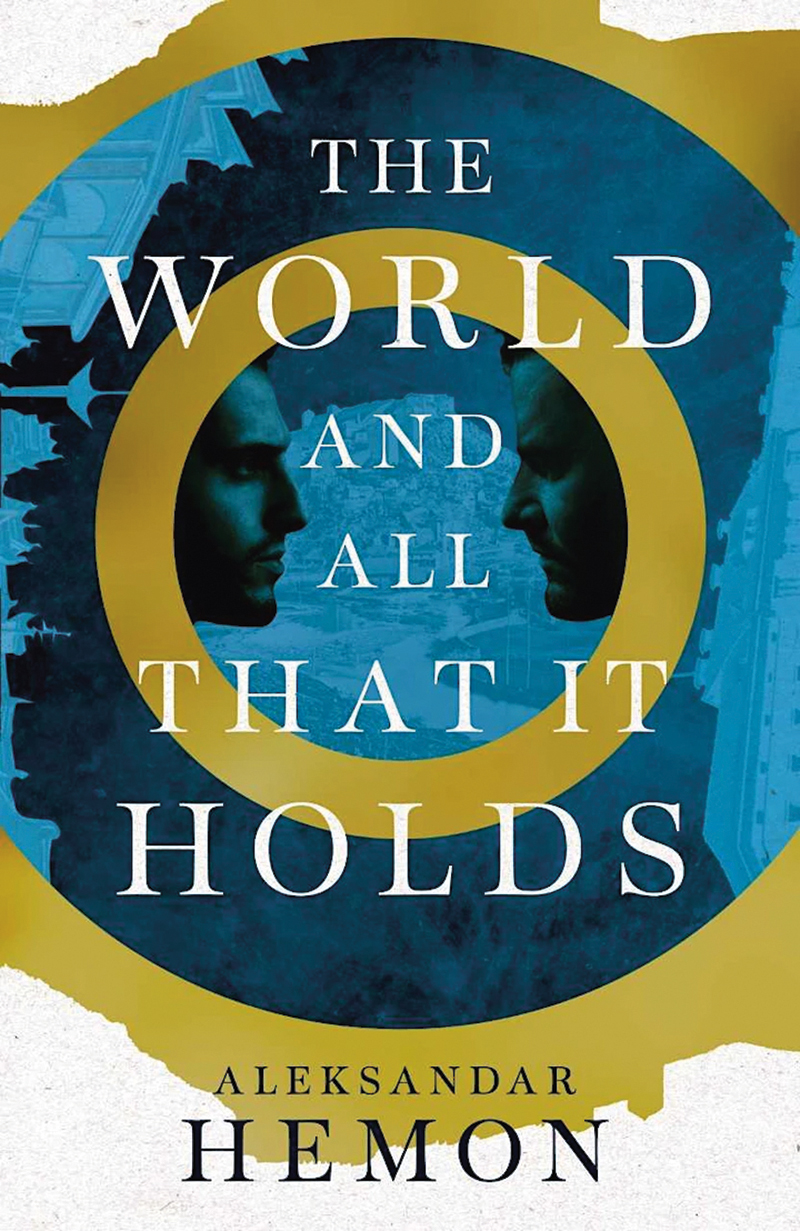Displacement, homelessness, rootlessness – all themes that were ingrained in our histories and conflicts of the 20th century. Aleksandar Hemon’s writing underlines the continuing importance of those themes, even when depicting the wanderings of the people and the consequences of the events from the last century.
His new novel The World and All That It Holds begins, strikingly, in 1914 Sarajevo, with the assassination of Franz Ferdinand. From the street corner, Pinto looks on perplexed, as his life and the life of his world is transformed, destroyed and reborn in the succeeding years. With his secret lover Osman, he is carried away by the tides of war, first as a prisoner to the steppes after the Russian Revolution, then to Tashkent, then eventually to Shanghai. Along the way, he picks up fleeing British spies, unwanted daughters and American adventurers, constantly in flight from the forces of anarchism, warlords and revolutionary militias: the fate of whom all stemmed in some way to the fateful shooting he witnessed as a young man in 1914.
Your support changes lives. Find out how you can help us help more people by signing up for a subscription
Yet the centre of Hemon’s novel is the relationship between Pinto and Osman, and its enduring nature in the face of these earth-shattering conflicts. As Pinto miraculously survives, so does his love, even when Osman disappears. Aleksandar Hemon is a writer with a beautifully lyrical turn of phrase, and his description of their relationship is the driving heart of this novel. It makes it more than a simple story of a goose chase in the early 20th century. Yet the novel does not quite seem to be a ‘love across the oceans’ tale either, which makes it both teasingly ambiguous and somewhat frustrating to follow. Hemon takes us into the mind of Pinto as he imagines Osman’s presence after their separation, but the plot loses its momentum after the violent and impassioned beginning. The novel takes on a reflective tone that errs on the edge of sentimentality.
Nonetheless, Hemon’s writing is always piercingly acute, and imbued with a sense of history – personal, emotional and world-transforming at the same time – which is as entertaining to read as it is devastating. The novel is laced with poignant reflections on the nature of time and history, and what survives when all one has known is in convulsions. Hemon’s greatest skill lies in maintaining a wry tone while speaking of such grand philosophical and religious issues: he is at his most effective when reciting some age-old proverb to explain the pain and the loss that pervade his story of destruction and regeneration. It is often a dark novel, but one pierced with a never-ebbing candle of light.
Patrick Maxwell is a journalist and writer






